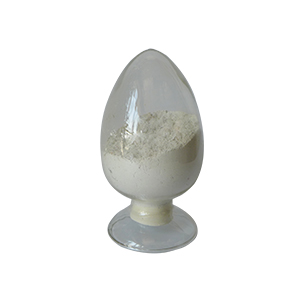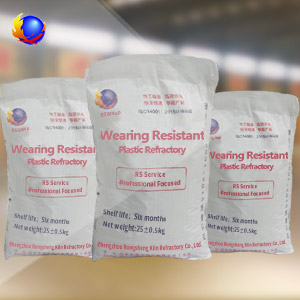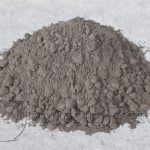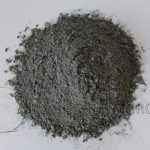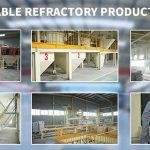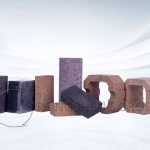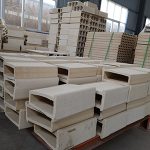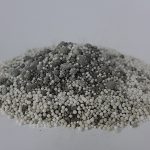Refractory plastic is made of refractory aggregate and powder, raw clay and chemical compound binder and admixture. After mixing, extruding into brick shape, packaging and storage for a certain time, it still has good plasticity, and can be constructed by tamping method.
According to the type of binder can be divided into aluminum sulfate, phosphoric acid, phosphate, water glass and resin combined refractory plastics. Refractory plastic has good thermal shock resistance and is easy to be constructed. It is suitable for all kinds of heating furnace, soaking furnace, annealing furnace, hot blast furnace, etc. It can also be used for the furnace cover of small electric arc furnace, burner of high temperature furnace and other parts.
Refractory Plastic Introduction
Plastic refractory is by granular and powdery material and plasticizer such as clay binder and plasticizer cooperate, then add a small amount of water, after fully mixing formed by a kind of hard mud paste shape and maintain higher plasticity in a longer period of time is unshaped refractory.
The main components of refractory plastic are granular and powdered materials. Because this kind of unshaped refractory material is mainly used in a variety of heating furnaces that do not directly contact with the melt, clay clinker and high aluminum clinker are generally used to prepare lightweight plastics.
Refractory Plastic Material Meaning
Plastic refractory material is paste-like, and maintains high plasticity for a long time. Plastic refractory material contains more plastic clay components and more water than ramming mass materials.
Plastic refractory has good plasticity before hardening and has certain strength after hardening. Plastic refractory has good sintering property, certain volume stability and other high temperature properties at high temperature. Plastic refractory can be made into sheets and blocks. Some binders can also be added to the construction. When used, compacting or tamping the mixture and this will form dense lining and structure after baking.
Refractory Plastic Classification
- Depending onthe refractory aggregate, plastic refractory is divided into clay, high alumina, corundum, silica, magnesium, chromium, zircon and silicon carbide plastic;
- Depending onthe type of binder, plastic refractory can be divided into: sodium silicate, phosphate, silicate and organic bond plastic;
- Depending onthe hardening method, plastic can be divided into: air hardening or heat hardening plastic.
Methods of preparation:
Refractory plastic coarse aggregate with high aluminum refractory clinker, refractory plastic to add 10%-15% of raw clay.As raw clay has low AI2O3 content and low fire resistance, high alumina powder is used to improve the AI2O3 content of the matrix, so that it can produce more mullite in long-term use at high temperature to improve its performance. In addition, in order to extend the time of setting and hardening of high-alumina plastics, preservatives are added.
Zhengzhou Rongsheng Kiln Refractory Co.,Ltd main products are all kinds of shaped refractories and unshaped refractories, which are widely used in building materials, metallurgy, nonferrous metals, chemical industry, electric power and other industries. The company has the high temperature tunnel kiln production line, the product sells well at home and abroad, receives the customer the widespread high praise, if has the need, invites the consultation!

